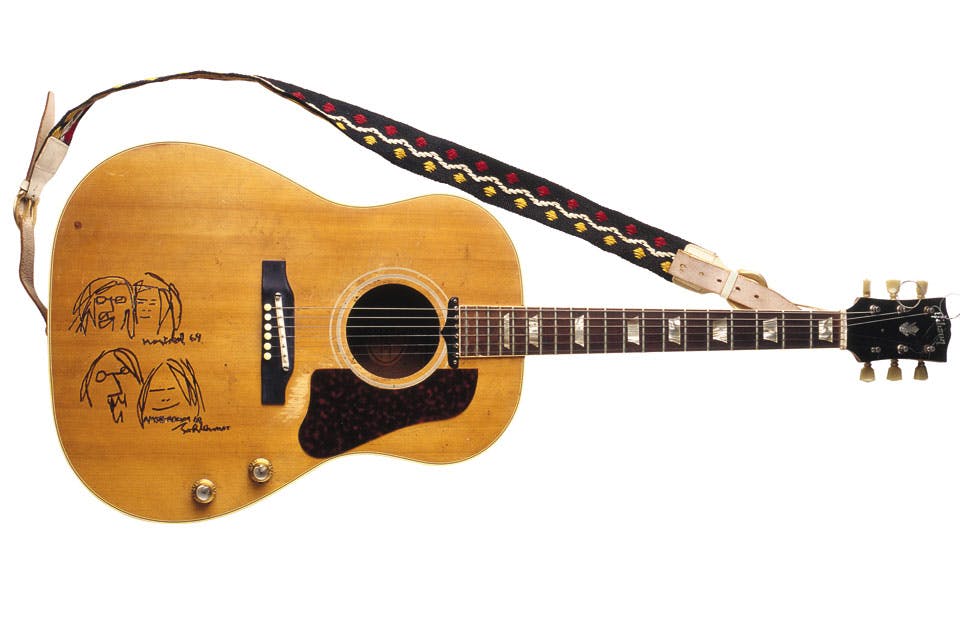Arts
Power Chords
Rock & Roll Hall of Fame exhibit examines how music shaped attitudes about peace, equality and freedom.
Related Articles

New Book Details Origins and Evolution of Dayton’s Carillon Historical Park
The destination’s vice president of museum operations Alex Heckman and curator Steve Lucht wrote the 222-page, hardbound coffee-table book. READ MORE >>

See ‘Heartland: The Stories of Ohio Through 250 Objects’ in Lancaster
The Decorative Arts Center of Ohio hosts an artifact-focused exhibition that tells the story of our state through a collection of family keepsakes and iconic inventions. READ MORE >>

8 Tribute Bands Rocking Ohio Stages This Season
Venues across Ohio are turning up the nostalgia with tribute acts that channel the sound and spirit of legends ranging from the Eagles to Pink Floyd. READ MORE >>



